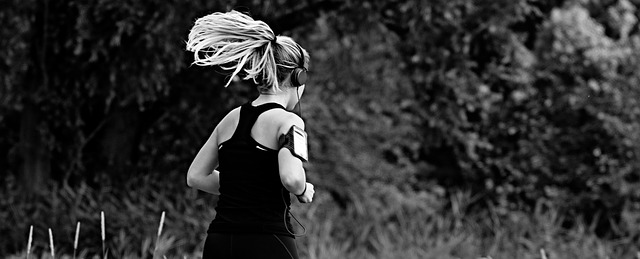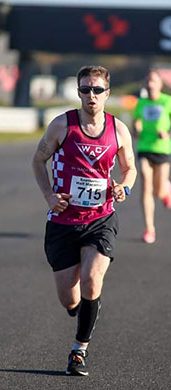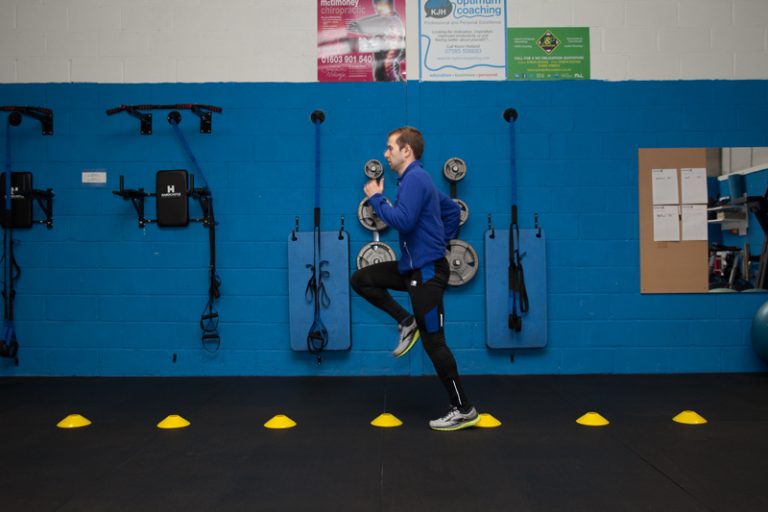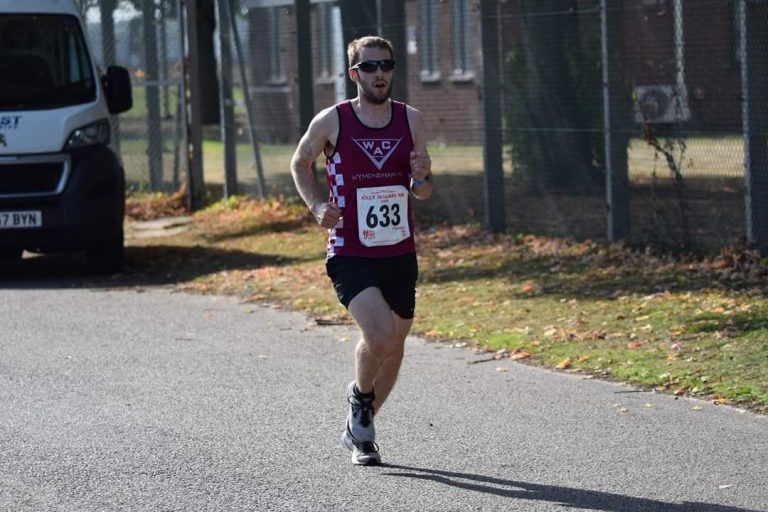How to make long slow runs more interesting
Long slow runs in preparation for a marathon or ultra can be quite dull, no matter how much you love to run. Let’s look at some ways to keep these runs a bit more engaging.

Long slow runs in preparation for a marathon or ultra can be quite dull, no matter how much you love to run. Let’s look at some ways to keep these runs a bit more engaging.

As we include more and more technology into running, with data to analyse and athletes like Eliud Kipchoge and Brigid Kosgei (marathon world record holders) highlighted as the best in the world, it’s easy to get caught up and assume…

Although most of your time racing and training will likely be on fairly flat terrain, a good hill running technique can set you apart from your competition, whether that’s another person or your own past self. Uphill Arms “Arms…

When preparing for a marathon, running speed is probably the last thing on your mind when it comes to session planning with most of the focus on running for longer only, but are you missing a trick by not hitting…

Weight loss is just one of the reasons a person might take up running. But how can you make the most of it? Fast vs slow The “fat burning zone” where you optimally use fat as fuel is around 60-70%…

Changing the way you run can yield some impressive improvements both directly and indirectly. Here we’ll look at what to consider and how to get yourself running faster or with fewer injuries. Which part of your running technique are…

Over the years I’ve been asked if I’ve made mistakes in training, and often share some stories with my sports massage clients to help show them that none of us get it right all the time and that it isn’t…